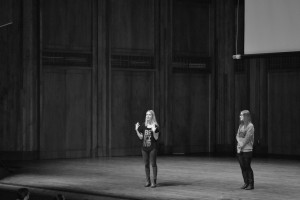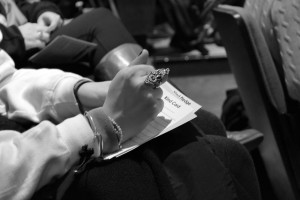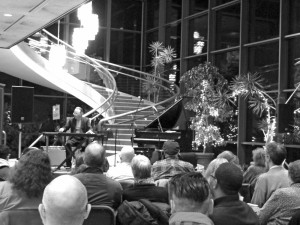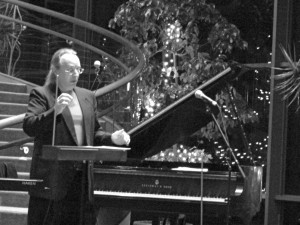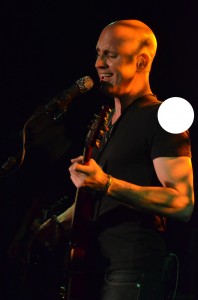Laura Crowley
Writer
World renowned pianists Jenny Lin and retired University professor Lois Svard gathered a crowd of University students and members of the Lewisburg community for their piano duet, “For Merce” on the evening of Nov. 26 at 7:30 p.m. in the Rooke Recital Hall of the Weis Music Building. Despite the fact that many of the pieces were composed for just one piano, the two came together to create a more authentic sound, and to honor the choreographer and dancer, Merce Cunningham, after whom the performance was named. In total, the night consisted of seven songs from composers who worked with Cunningham prior to his death in 2009.
Each piece was more unconventional than the former; the first piece was played from a composed graphic score, another was performed from images rather than notes and the last was composed electronically from the notes generated throughout the entire concert.
But, such an innovative performance was to be expected from Svard and Lin. Svard, who taught at the University until last year, is especially known for combining classical piano with new-age technology, such as multimedia, keyboard and microtonal tunings. Last year, Svard left the University to dedicate herself to the combination of classical piano and new technology. Most notably, she has been examining how neuroscience can be applied to music for listeners and performers. One of the songs played was composed when the composer observed his brain waves and imitated them musically.
Lin currently lives in New York City, where she serves on the faculty of the 92nd Street Y. Her impressive resume includes more than 20 albums, with one that was selected as the Best of 2009 by the Washington Post. She has also performed in Carnegie Hall, the National Gallery of Art in Washington D.C. and the Museum of Modern Art in New York.
Lin described one of the pieces played, “Music for Piano with Magnetic Strings,” as “music of chance.” She explained that “the clefs can be interpreted as treble or bass depending on how we feel,” so the outcome “depends on timing and the mood we’re in.”
This piece was played by touching the strings on the inside of the piano rather than by touching the keys.
Svard described Morton Feldmans’ piece, “Two Pianos” as a piece about “time and space.” Since none of the pieces played at the event had a melody, Svard stressed that the experience as an audience member is more about “listening to the texture, to the tambour, to how instruments interact with each other,” as well as “hearing the silences between the notes” and “how sounds overlap.”
The combination of classical and contemporary music offered the audience insight into the expanse of sounds pianos can create. While classical piano is limited in the sounds it produces, the integration of technology increases the sound potential for classical pianos.
